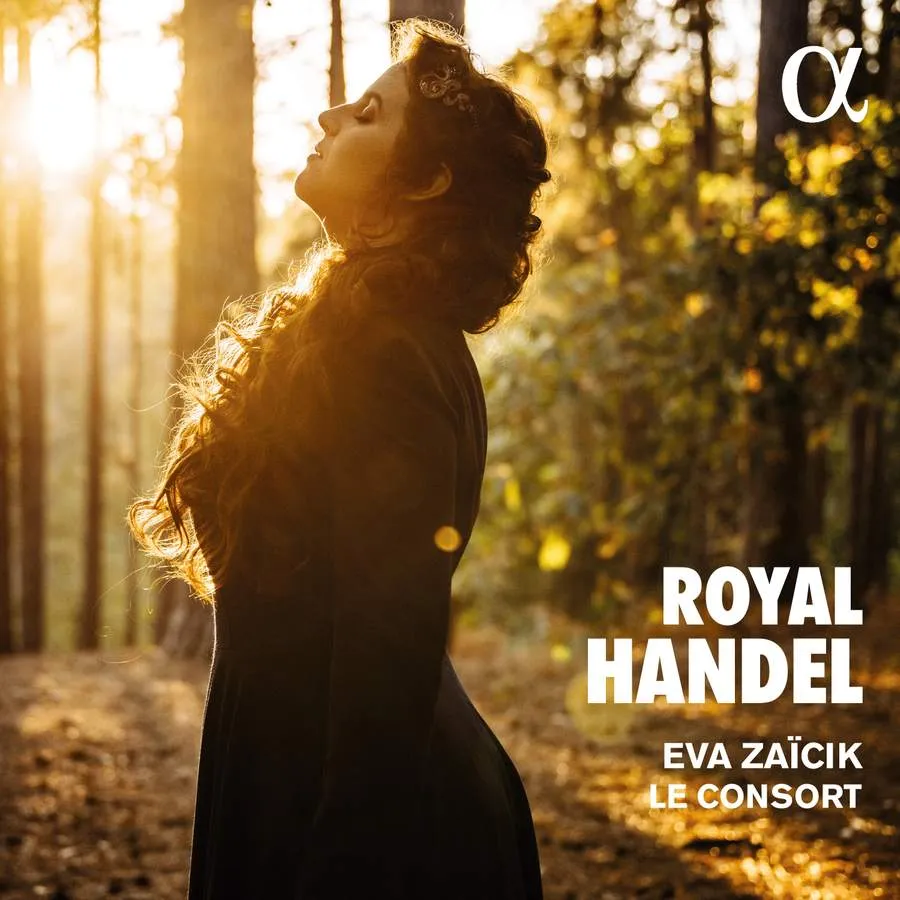
Royal Handel Handel: Arias from Flavio, Re De’ Longobardi; Admeto, Re Di Tessaglia; Siroe, Re Di Persia, etc; plus works by Arisoti and Bononcini Eva Zaïcik (mezzo-soprano); Le Consort Alpha Classics ALPHA 662 64:59 mins
In 2017, Eva Zaïcik dazzled BBC Proms audiences in Monteverdi’s Vespers. This project shows why. From her gut-punch climactic notes to the buttery evenness of her register, Zaïcik’s command is exhilarating. I love especially how she applies vibrato. Whereas many mezzos’ vibrato is part of their core sound, Zaïcik follows Baroque taste in slipping from straight notes into tremolo, trillo and passaggi with intent to enrich her readings.
- Five essential works by Handel
- Find out more about Handel and his works
The band director, Franco-American harpsichordist Justin Taylor, is Zaïcik’s constant collaborator and fully her equal. Their joy in performing together comes through in the easy familiarity with which singer and players dash, halt and above all, breathe, together in the kind of joint intelligence also characteristic of fixed ensembles. The benefits are striking. In Handel’s brooding ‘Ombra cara’ (from Radamisto), bottom-register passages spill a blackness across all parts. In ‘Gelosia spietata Aletto’ (from Admeto), the performers tear up the score with their warp-speed additions; here and elsewhere, violinist Sophie de Bardonnèche joins Zaïcik and Taylor as a chief agent. Stillness is the ensemble’s collective superpower; as when, against a constant pulse, everyone unexpectedly falls silent.
Despite two world premiere tracks – one aria by Attilio Ariosti, another by GB Bononcini – the programme is hardly original. In some respects Royal Handel is much like countertenor Lawrence Zazzo’s 2014 solo recording A Royal Trio; both feature arias composed for Britain’s first formal opera company, The Royal Academy. Yet in its ravishing beauty, this performance is unique.
Read more reviews of the latest Handel recordings
Berta Joncus
